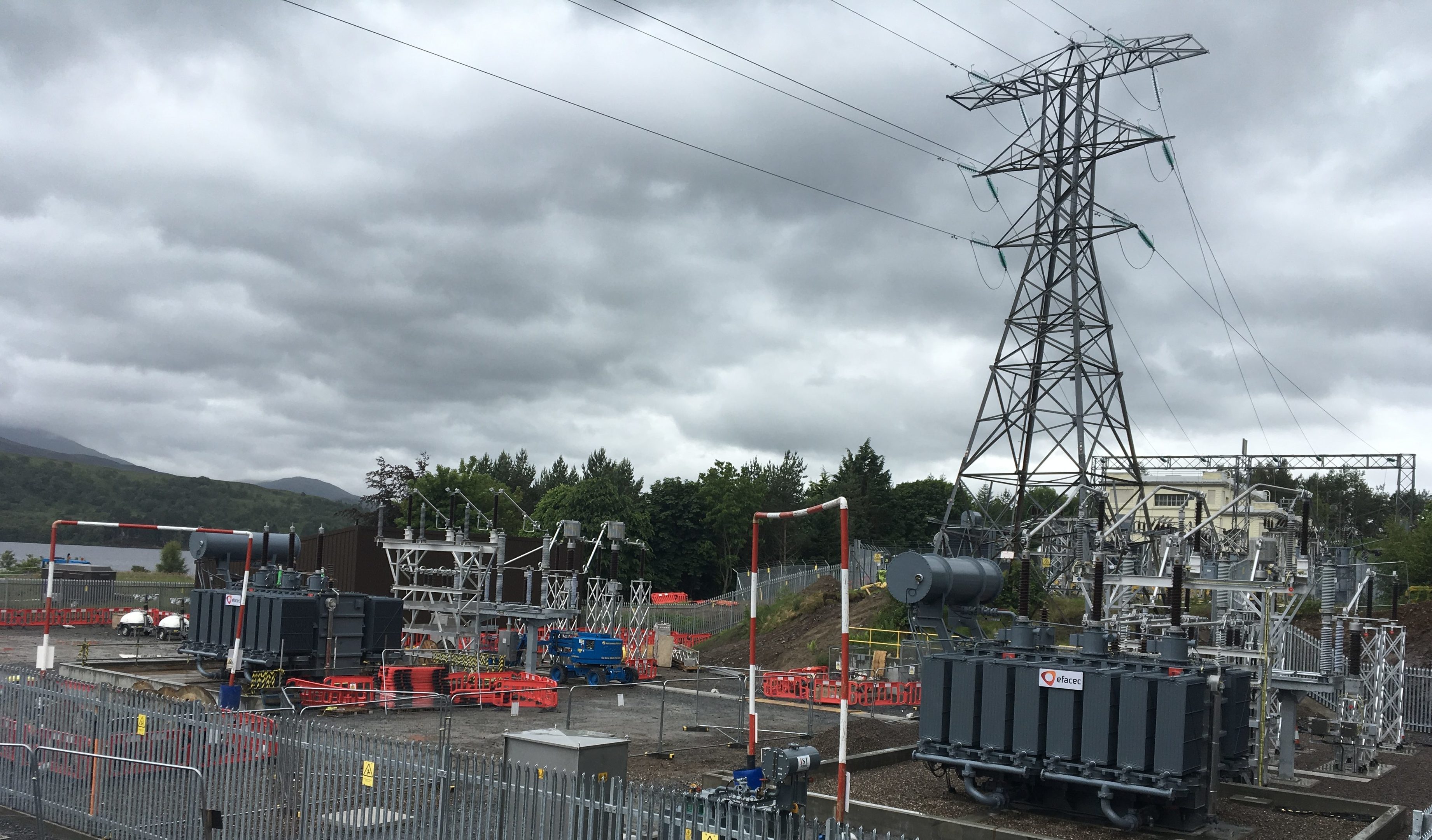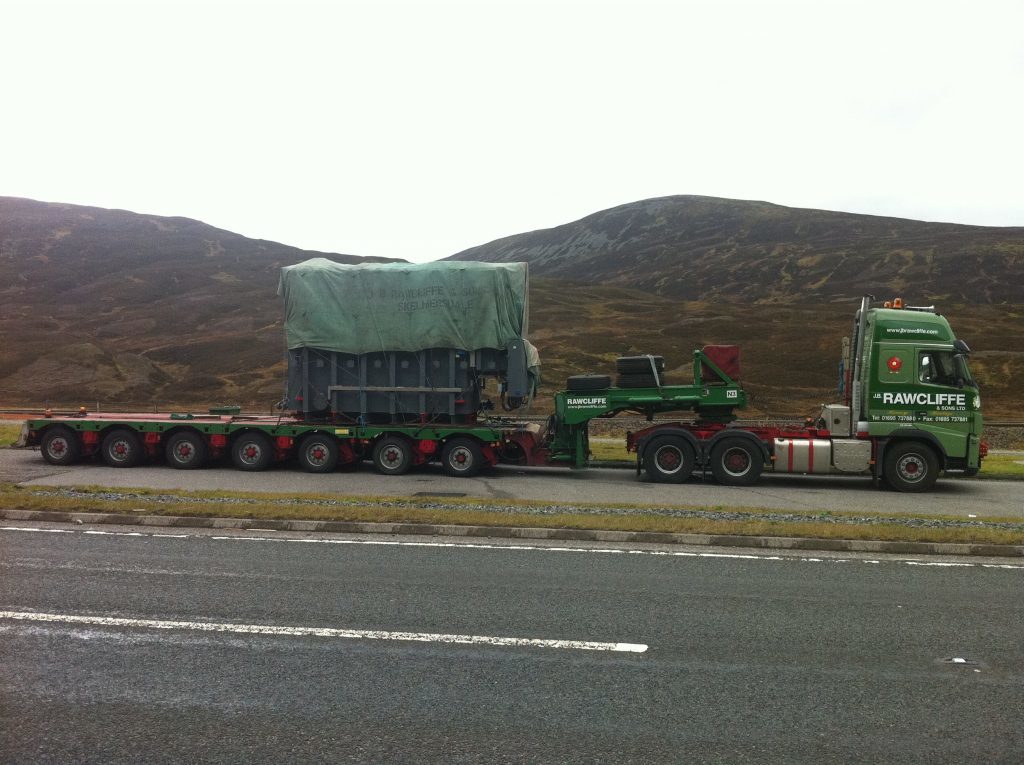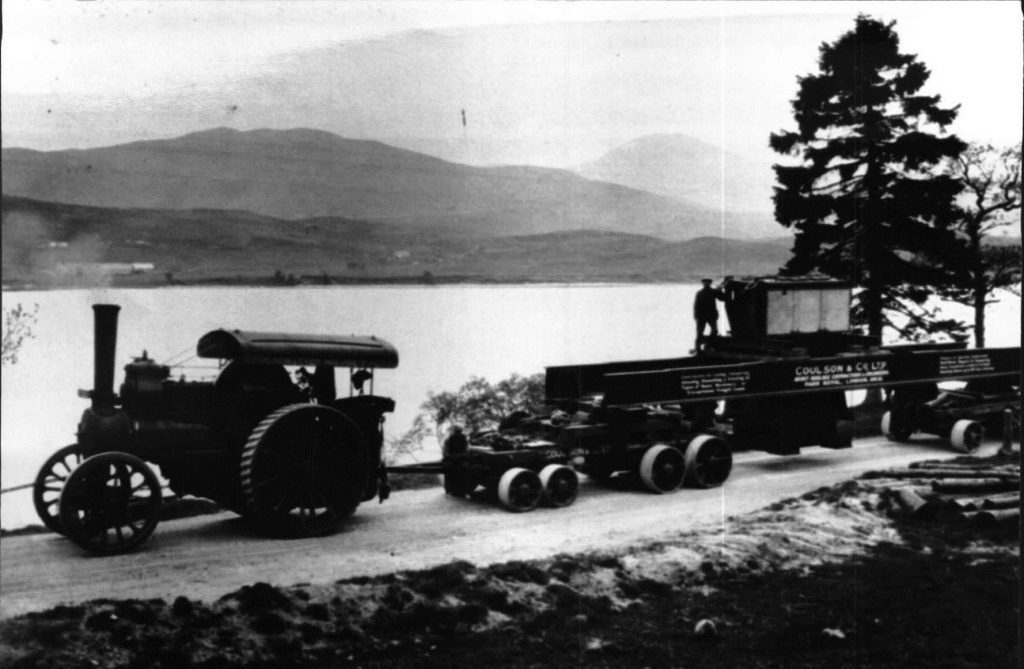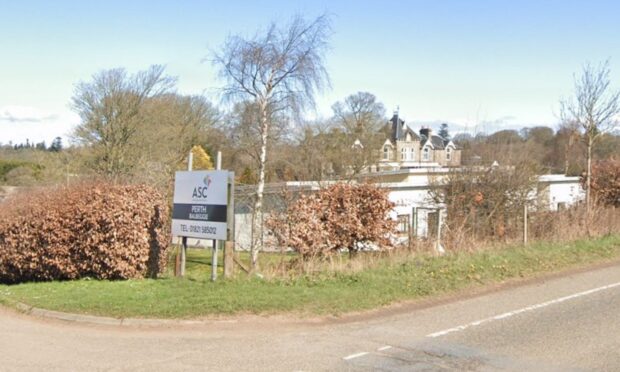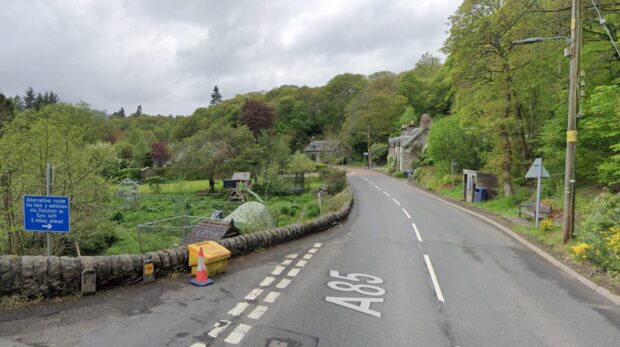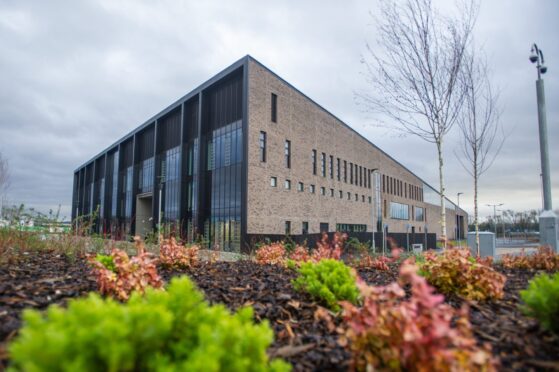A two-year project to secure the north of Scotland’s power supply into the future has been completed.
The Rannoch substation in Perthshire was initially built in 1930 to deliver locally-generated hydroelectricity to tens of thousands of homes.
Now the 90-year-old electricity station has been extended and converted to enable the introduction of the latest hydro generation technology and to meet the increasing demands placed upon the network.
It has now been “fully energised” following what Scottish and Southern Electricity Networks (SSEN) said had been a “major refurbishment programme”.
Over the past 20 months, residents have seen giant electricity transformers hauled up the A9 and down twisting roads to Loch Rannoch.
Transporting the massive components from Skelmersdale in Lancashire has been a “complex operation”.
It required to be undertaken under the guidance and supervision of Police Scotland as well as the use of specialist haulage vehicles.
Back in the 1930s, the very first transformers were delivered to the site by hauliers JB Rawcliffe & Sons using a steam-powered traction engine.
On site at Loch Rannoch, meanwhile, more than 3,000 tonnes of material have been cut from the hillside at the substation to create platforms for new equipment, including the transformers.
The community has had to live with the massive construction for some time, but SSEN has worked with locals to shape the project and keep them informed.
SSEN Project Manager Duncan McCall said: “By taking the time to discuss our proposals with the local community during the early stages of development, we were able to take all feedback on board ahead of our planning application.
“We received no objections to this reinforcement and we believe that this was in part due to our commitment to utilise local materials on site, removing the need for approximately 317 vehicles travelling on the single track road to the site.
“This solution was not only better for the environment but also safer for all road users in the area.
“We were also able to utilise the excess top soil as bunding to reduce the visibility of the site.
“We would like to thank the local community for their ongoing patience during the construction of the substation, which will continue to serve the local area for many years to come.”
